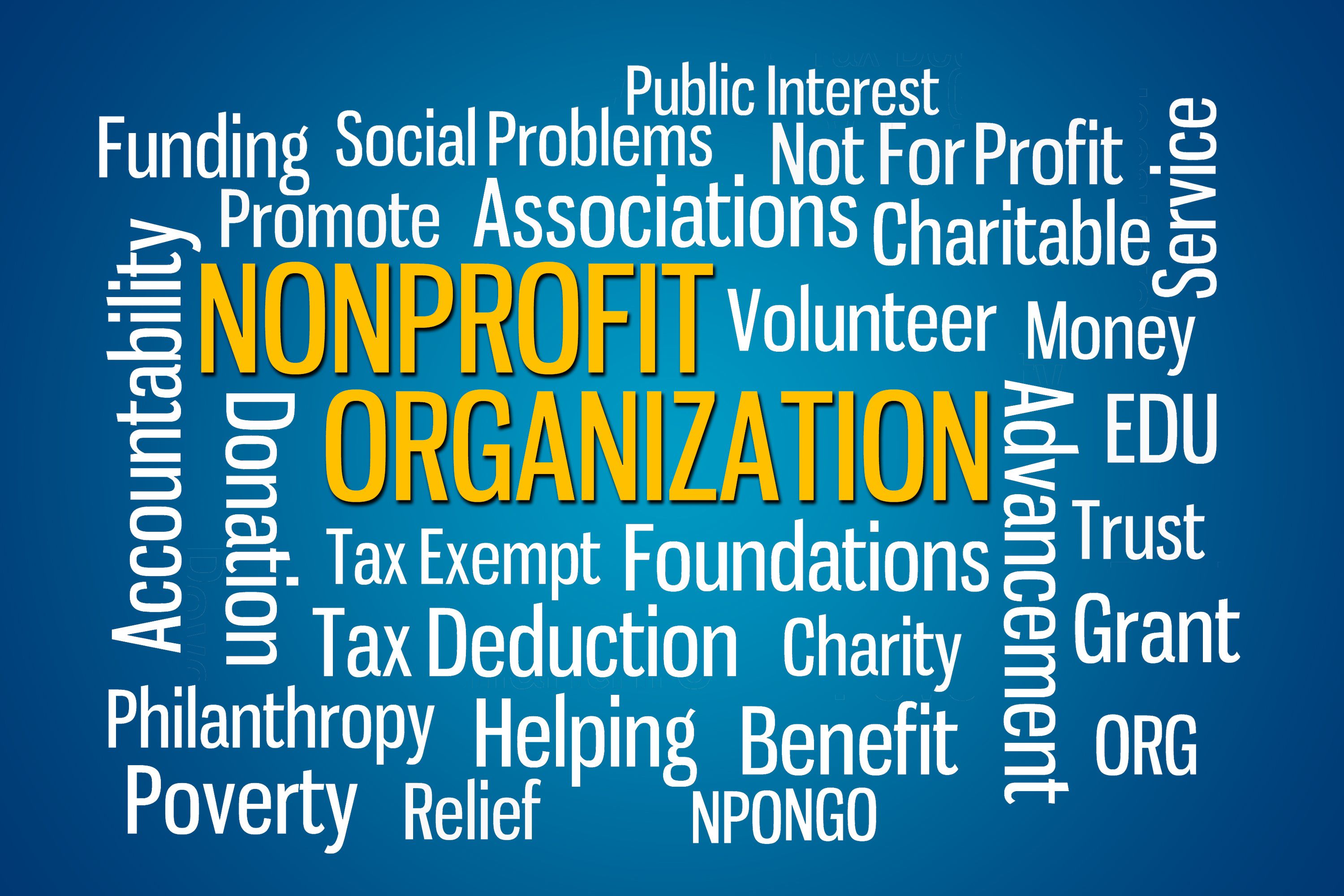Small but Mighty: How to Power Through When Your Staff is Low
August 26, 2019
Nonprofits Fail – Here’s Seven Reasons Why – Tracy Ebarb
September 7, 2019Major Gift – How Do You Quantify One?

Intuitively, we all know what a major gift is: It’s simply the top stratum of charitable gifts received by your nonprofit organization. The relative impact of any gift depends on an organization’s mission, operating budget, community, and fundraising base, but what does the overall fundraising landscape look like when it comes to size of donations?
To answer this question, the Major Gifts Fundraising Benchmark Study contacted more than 600 organizations in 2017 and learned that:
- $1,000-$2,499 is the most frequent size that qualifies as a major gift.
- The median size, which half the respondents reported as the threshold for their major gifts, lies between $5,000-$9,999.
The Fundraising Report Card tracks data that supports these findings. Nearly 80 percent of all donors gave $100 or less in 2018, making up just under 7 percent of total donation revenues. That same year, less than 1 percent of all donors gave $5,000 or more; however, that small group of supporters contributed funds that made up just shy of 70 percent of donation revenues.
Therefore, one old sales truism known as the Pareto Principle has been shown to be true for donations, as well: 80 percent of your dollars come from 20 percent of your donors. Crunch the numbers for your organization, and whatever donations fit that profile can be considered your mid-level and major gifts.
In a related question, how many of your donor prospects have the potential to be heavy hitters for your organization’s bottom line? It’s been estimated that only 10 or 15 percent of your donor base have the capacity to become major gift donors. However, all organizations know the importance of pursuing the major gifts. Even one, if it’s the right one, can make a difference throughout your organization for a year or longer.
This probably isn’t news to you, but you find your major donors the same way you find any donor, only more so. The Benchmark Study uncovered four methods of identifying gift prospects that were successful in helping to meet goals at least 84 percent of the time:
- Through existing donor records and CRM analysis (84 percent)
- Doing prospect research (84 percent)
- Gathering referrals from donors, board members and other advocates (85 percent)
- Tracking donors who engage with your organization’s digital presence (89 percent)
One difference, however, is in how your major gift prospects want to be treated. Philanthropists don’t want to hear from nonprofits only during the ask, when you’re one of who knows how many organizations making a pitch. Instead, it’s critical to build and maintain a relationship with these prospects over time. Make an effort to get to know them and learn both their passions and personal motivations before asking for the gift.
This deep relationship building can be problematic, though, for time-strapped nonprofits. Once again according to the Benchmark Study, 54 percent of fundraisers report not having enough staff or time in their own day to achieve best practices. So how can you minimize your administrative time and develop better plans?
Flesh Out the Donor Profile
If you haven’t checked in recently with sales and marketing efforts in the for-profit world, you might have missed a seismic shift in how they do business: If a strategy or tactic isn’t driven by solid market data, it might not get funded at all. The digital transformation within our culture has made it much easier to gather and analyze vast reams of data about prospects that has never before been available in real time. There’s no reason your efforts for your nonprofit should be any different.
The first step is to breathe life into your donor profiles with regular, detail-driven updates in your CRM for every contact you have or make. Along with each mid-level or major donor’s giving history, record every event they’ve attended, every instance of volunteering, the details of every phone call, every email sent, every online contact, every in-person interaction, etc. Then set reminders for all follow-ups and action items; eventually you will be able to plan segmented email campaigns (and other outreach) to donors with similar characteristics like preferred method of donation, specific programs supported, etc.
Tips and Tactics for Major Donors
While the actual amount given may vary widely, the basic procedure for bringing in more major gifts is the same for any fundraising staff. Here are some ideas to speed your gift development.
- Don’t hurry. Cultivating a deep understanding of your major donors takes time and patience.
- On the other hand, be ready. If a major donor reaches out, respond within hours, not days; if they want to meet on the evenings or weekends, be available.
- As part of developing a strong relationship, tailor your messages to their interests and motivations. Provide as much information as possible about how your mission and programs dovetail with their passions.
- Provide opportunities for them to visit your offices and to see your programs and services in action.
- Accept “no.” The more grace you can display, the more likely the relationship can continue and the better luck you may have when approaching the same person in the future.
- Maximize referrals. Actively task your trustees, board members and volunteers with cultivating prospects in their social circles.
- Remember retention. A donor relationship shouldn’t end just because they made one gift. The key to developing lifelong donors and increasing your gift asks is to maintain relationships and show donors, over time, how your organization has made strides thanks to their generosity.
Prioritizing Your Time
Perhaps you’re one of those 54 percent who are thinking that neither you nor your staff have time for all this. But what if the same tools that are making a difference throughout sales and customer service could improve your forecasting and streamline administrative tasks?
Made by fundraisers, for fundraisers, Wisely is a donor management tool that uses artificial intelligence and machine learning to provide insight into when and how much a donor will give. Its predictive capabilities can help identify your hottest prospects and mine your own database for the most underworked opportunities. And it integrates into your existing CRM to make helpful, actionable predictions every single day. Which means you and your team can get back to doing what you do best: developing meaningful relationships with your donors.

Wes Moon is COO and co-founder of Wisely, a donor management platform that helps large nonprofits accelerate fundraising using AI. Prior to starting Wisely, Wes served in a strategic role at Blackbaud Canada and has helped numerous nonprofits collectively raise over $2 billion
